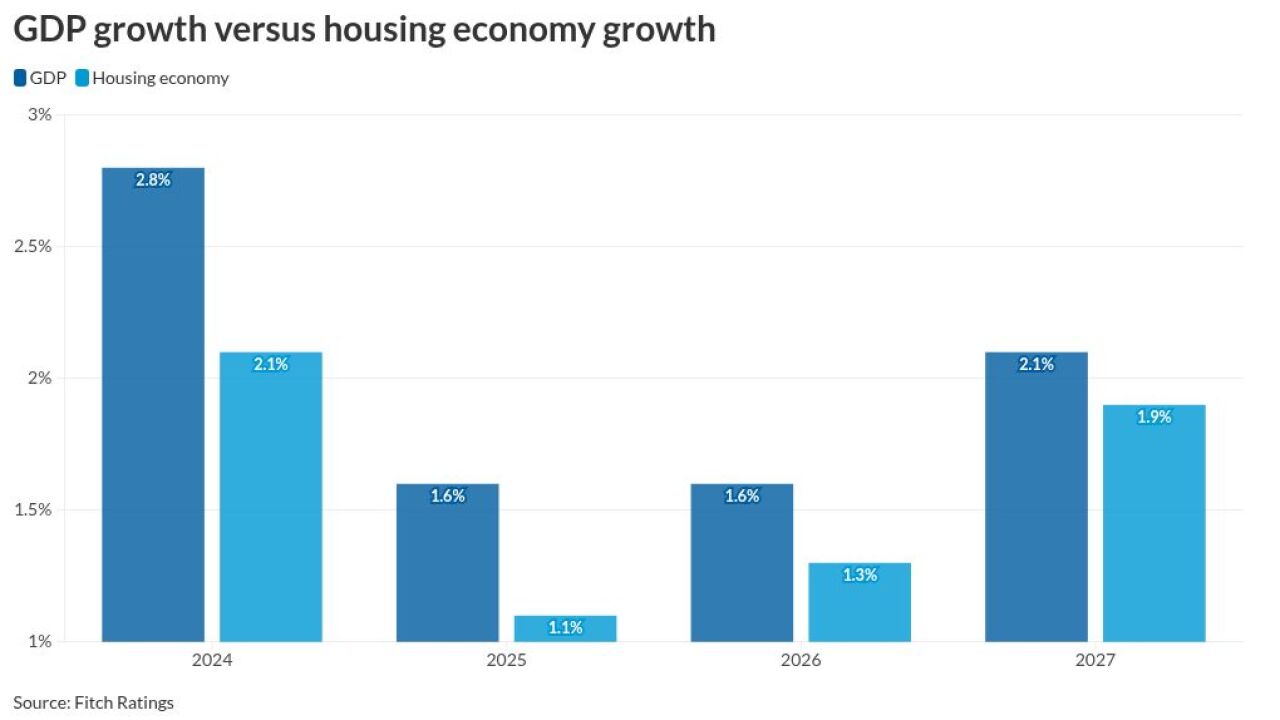Despite the formal recommendation of a term structure for regulators’ preferred Libor-replacement rate, the commercial loan and collateralized loan obligation (CLO) markets must still address several issues, including one that could cause “friction” in the near term as borrowers seek new loans.
The Alternative Reference Rates Committee’s (ARRC) July 29 recommendation for secured overnight financing rate (SOFR) terms should greatly facilitate the transition to from Libor, with similar term structures, market observers say. However, SOFR is a risk-free rate that usually rests lower than Libor, which incorporates credit risk, and that gap must be addressed.
Both rates are currently at historically low levels and the spot spread difference between them is much lower than the median average over the previous five years. The ARRC used that median average to recommend a 26 basis-point (bps) spread adjustment when legacy three-month Libor transactions transition to the three-month SOFR, by the June 2023 deadline.
Friction is the term the Loan Syndications and Trading Association (LSTA) used in an August paper titled, “In Search of … ‘Fair’ Spread adjustments for New SOFR Loans.” It describes borrowers’ pragmatic desire to price loans over SOFR using today’s low spot spread difference of 9 bps between three-month SOFR and three-month Libor, while lenders view 26 bps as the more accurate spread adjustment.
“While the ARRC spread adjustment might be the economically neutral spread adjustment in the long term, borrowers may not relish paying more today for new [three-month] SOFR loans” if they must include a 26 bps spread adjustment, said Meredith Coffey, executive vice president of research and author of the paper.
The LSTA paper notes several, if imperfect, methods of addressing that friction. One potential solution, the paper highlights, would be to interpolate interim spread adjustments by dividing the difference between the spot rate at loan origination and the ARRC’s spread adjustment by the number of quarters remaining until June 2023. Then the reference rate can be stepped up by that amount each quarter. So a loan priced at Libor plus 300 bps would gradually step up to Libor plus 326 bps by the time legacy transactions transition from Libor.
Besides being economically neutral, “it should align reference rates on new SOFR loans with the trillions of dollars of Libor fallback assets,” Coffey said.
Such a compromise, giving borrowers the low spot-spread differential initially and over time increasing it to satisfy lenders, could provide a carrot for parties to enter SOFR-priced transactions sooner.
“Lenders will need to figure out how to incentivize borrowers to do new SOFR loans if the borrowing costs are higher than doing Libor loans,” said Ian Walker, head of legal innovation at Covenant Review, the New York City-based legal services division of Fitch Solutions.
Walker added that “ideally” market participants will begin originating SOFR-priced loans well before year-end 2021, after which regulators have put the kibosh on new Libor loans.
Such a solution would step up basis risk for CLO managers with equity stakes in the deals, since the basis-point step ups will vary, depending on when the loan is priced. Walker noted, however, that regardless of the step-up issue managers will face significant basis risk, including CLO assets remaining a mix of Libor and SOFR loans until June 2023, and CLO liabilities slipping from Libor to SOFR upon reaching certain thresholds.
“It makes it more complicated, but there are already mismatches happening in CLO portfolios that pose a bigger basis risk,” Walker said.
In a recent web presentation, Coffey said the spread differential gap could also be addressed by locking in the current spot or a negotiated fixed spread adjustment when the new SOFR loan is originated that is separate from the credit margin. That likely would benefit borrowers but leave lenders in the lurch long-term when, as expected, both SOFR and Libor increase as well as their spread differential. And if different spread adjustments vary across pooled loans, it could create significant operational complexity, Coffey said.
Borrowers and lenders could also dismiss the spread adjustment altogether, replacing Libor with a flat SOFR, a simple solution that encourages borrowers to transition, but likely would result in significant lender losses. Or, a spot spread adjustment could be imbedded in the margin, an approach Coffey described as more “economically neutral” between the parties and operationally simpler than maintaining a separate negotiated spread adjustment, although it may require margin adjustments over time.
“And optically, some people just don’t like seeing increase in the margin—that’s just a fact,” she said.
Other “headwinds,” according to a Bank of America report published August 19, may stem from borrowers exercising their flexibility to switch between different reference-rate tenors. Since the spread adjustment for one-month SOFR will be lower compared to three-month SOFR—11 bps compared to 26 bps, as recommended by the ARRC—borrowers are likely to switch to the one-month tenor to pay a lower coupon, which might impact CLO equity adversely.
“Thus, we expect CLO managers to demand a higher spread in order to compensate them for this option,” Bank of America says.
In addition, if the market deems ARRC’s recommended 26 bps spread adjustment as too high when legacy deals transition in mid-2023, equity holders would have to refinance or reset deals accordingly. For deals that are being issued more recently with a non-call date ending in October 2023 or later, debt holders might get paid above average coupons for (two or three) quarters,” BofA says. “This is a potential headwind—albeit a modest one.”






